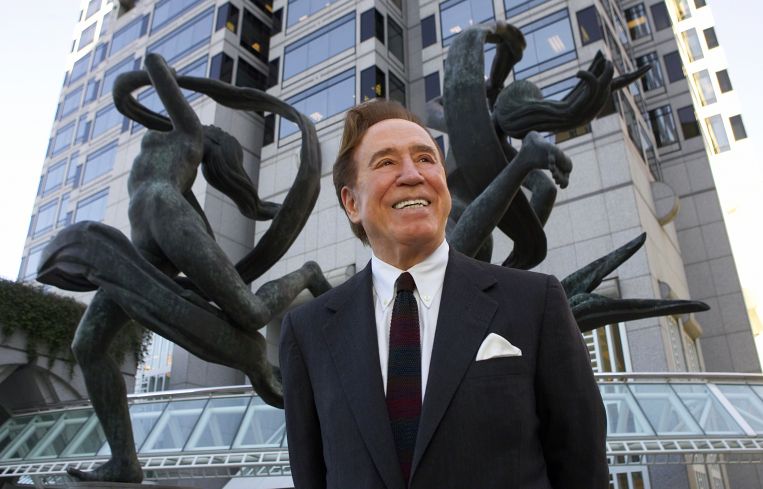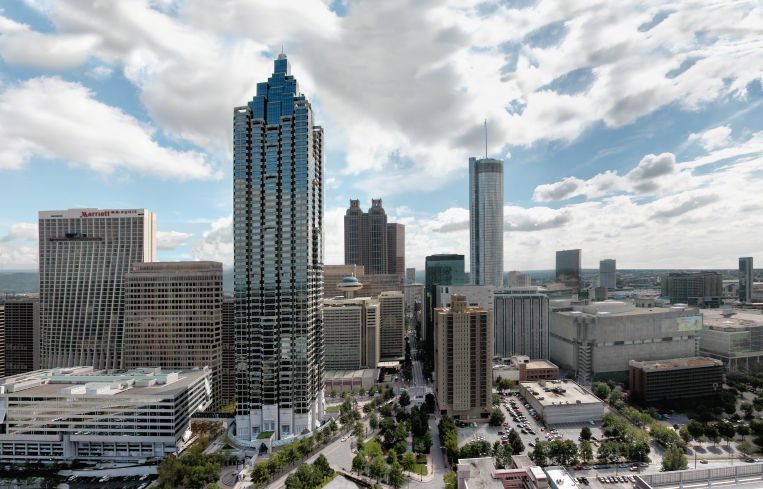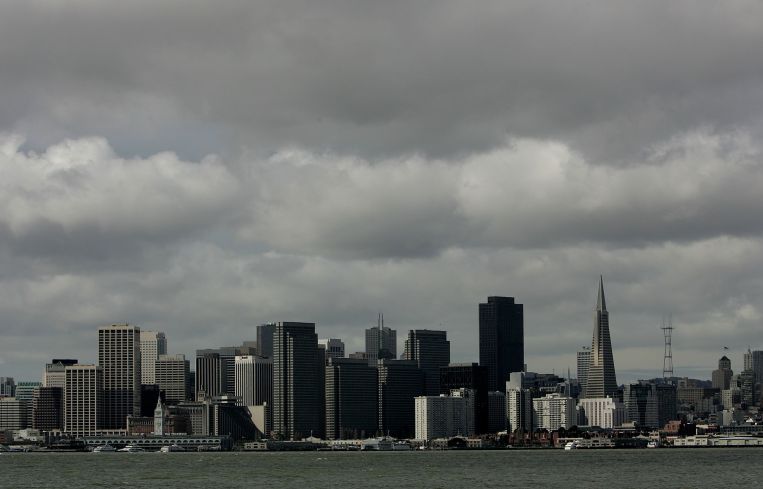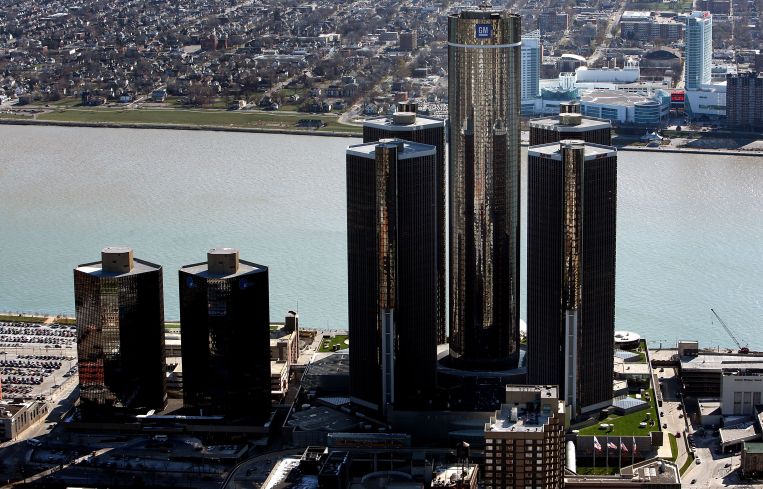Five City-Shifting Projects Credited to the Late John Portman
By Liam La Guerre January 5, 2018 12:39 pm
reprints





John Portman Jr., who died on Dec. 29, 2017, in his hometown of Atlanta at age 93, was more than just a famous architect and developer—his large-scale complexes changed the faces of cities. They planted a flag for a city. They were the sudden skyline changer. They were the kinds of projects that spurred urban renewal around the United States and the world.
Choosing his top project is an impossible task as his work spans nearly seven decades. He started his Atlanta-based eponymous architecture firm John Portman & Associates in 1953, after working at another firm for a few years, and he worked to the bitter end, according to The New York Times. (He was also a savvy businessman: Besides his architecture firm, he established development company Portman Holdings and the AmericasMart marketplace, a wholesaler of home, gift, area rug and apparel merchandise.)
His developments and designs have inspired legions of followers, as his “city within a city” megaprojects helped rejuvenate urban areas. We take a look at five of his most city-defining projects.
We have to start things off in Atlanta—because that’s where his heart was. Portman grew up in Atlanta and graduated with a bachelor of science in architecture from Georgia Tech in 1950.
The 14-block Peachtree Center complex began construction in 1961 and was developed over the next six decades. It encompasses 18.9 million square feet and is at the center of Downtown Atlanta. Portman’s company built 10 office buildings, a retail mall, several interior and exterior public plazas and three major hotels: the Hyatt Regency Atlanta, The Westin Peachtree Plaza, and the Atlanta Marriott Marquis. And of course there was parking.
Mostly notably the 1,260-room Hyatt Regency Atlanta, which opened in 1967, features a dramatic 22-story, sky-lit atrium and glass capsule-like elevators that whizz guests through the floors (a unique style Portman would repeat and many would imitate). The rooftop of the hotel is a revolving restaurant. The nearby 1663-room Atlanta Marriott Marquis, completed in 1985, has a stunning 50-story atrium. And the 73-story, 1,100-room Westin Peachtree Plaza has a 90-foot sky-lit lobby.
The Embarcadero Center in San Francisco’s Financial District is another prime example of his mixed-use urban development. Portman worked with David Rockefeller and Trammell Crow to design and develop the 4.3-million-square-foot site.
It comprises four office towers, two hotels (with 1,160 rooms collectively), a pedestrian retail shopping center with more than 70 stores and 2,200 parking spaces.
The Embarcadero Center was built to be pedestrian-friendly with landscaped plazas (filled with artwork) that connect the office and retail portions. The center was constructed between 1968 and 1988 (not including Embarcadero West, an office building designed by Portman that is not a part of the original center). Today Boston Properties owns the buildings, where about 16,000 people are employees. It hosts various events throughout the year, including a lighting ceremony, holiday ice rink and fitness events.
General Motors is probably what most people think of when they see the Renaissance Center as the carmaker is the current owner of the 5.5-million-square-foot site for its world headquarters, and has been based there since 1996.
The most towering building of the seven structures that make up GM RenCen (the property’s nickname) stretches 73 stories. It is the tallest building in Michigan and has been since the center was completed in 1977. The hotel and office buildings are situated above a retail area, home to more than 30 retailers and dozens of restaurants. Between tenants and visitors more than 14,000 people visit the center each day, according to the property’s website.
The concept for the Renaissance Center was developed by GM rival Henry Ford II (grandson of the famed car maker), who created a private nonprofit to develop it and called on Portman to design it. The center switched hands a number of times over the years, before GM purchased it for $626 million in 2008, as was widely reported at the time.
Portman’s foray into China was yet another city-within-a-city megaproject with his tridentlike design of the Shanghai Centre—the first of many projects in the world’s second-largest economy.
The main building, which houses the 48-story five-star Portman Ritz-Carlton Hotel, was the tallest structure in Shanghai when it opened in 1990, according to the the Shanghai Centre website. (It has been superceded by many towers since.)
The hotel has 593 luxury rooms and suites. The other two buildings in the sprawling three-building complex top off at 34 stories and together comprise 472 apartments. The three structures sit atop a retail base.
In China’s capital, Portman designed the nearly 3.8-million-square-foot Beijing Yintai Centre, yet another complex. Much like the Shanghai Centre, it features three skyscrapers—the middle as the tallest flanked by shorter twins.
Completed in 2008, Portman outdid his Shanghai Centre of nearly two decades prior in terms of size, by building a 63-story Park Hyatt, with 237 guest rooms, and 42-story office towers on each side.
The design of the buildings really shines—literally—when it comes to the crown. Each tower is topped with a cube-like feature that illuminates like a “Chinese lantern,” according to John Portman & Associates.



